Animals
Burberry Hero—man/horse duality
AdWeek named this as the weirdest fragrance ad of 2021. I'd have to agree.From YouTube:
A new masculine spirit exploring the house codes of duality and the power of the animal kingdom.
A man in search of transformation and metamorphosis as a new modern heroism.
Posted By: Alex - Tue Dec 28, 2021 -
Comments (3)
Category: Animals, Advertising, Perfume and Cologne and Other Scents
Captain Santa Claus and His Reindeer Space Patrol
Never heard this one till yesterday.The singer's Wikipedia page.
Posted By: Paul - Fri Dec 17, 2021 -
Comments (2)
Category: Animals, Fads, Spaceflight, Astronautics, and Astronomy, Television, 1950s, Christmas
Urohidrosis
Back in the 1960s, while observing wood storks in Florida, biologist M. Philip Kahl, Jr. noted that on hot days the storks "have the unusual habit of frequently excreting on their legs."He eventually concluded that, since storks don't sweat, they were doing this to cool themselves down "by means of evaporative cooling of the blood supply to the legs and feet." He named this phenomenon 'urohidrosis'.
His hypothesis is now accepted as true, and it's not only storks that cool themselves by pooping on their legs. Turkey vultures do it too.
Reference: Kahl, P.M., Jr. 1963. Thermoregulation in the Wood Stork, with special reference to the role of the legs. Physiol. Zool., 36: 141-151.
Posted By: Alex - Tue Dec 14, 2021 -
Comments (0)
Category: Animals, Science, Excrement
Odd Showers
Read it here.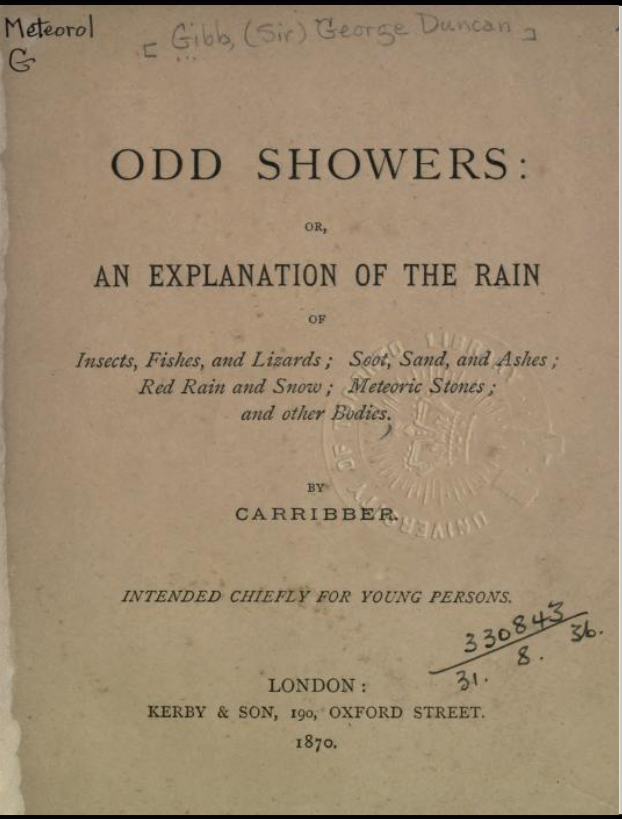
Posted By: Paul - Tue Dec 14, 2021 -
Comments (3)
Category: Animals, Supernatural, Occult, Paranormal, Weird Facts, Weird Studies and Guides, Books, Natural Wonders, Nineteenth Century
Artwork Khrushchev Probably Would Not Have Liked 40
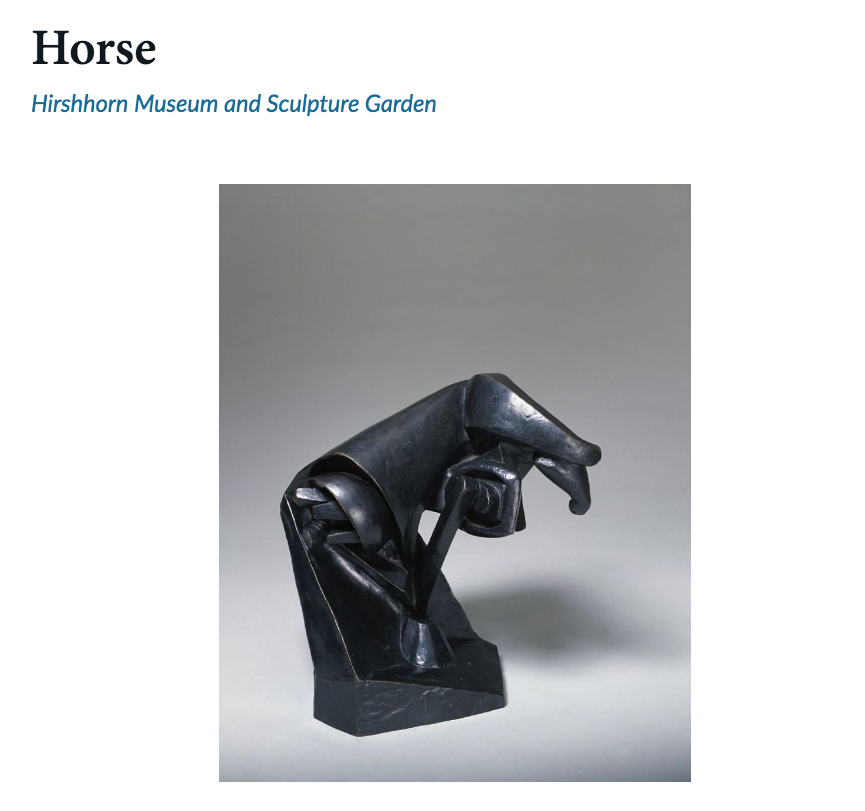
Raymond Duchamp-Villon.
His Wikipedia page.
Sculpture page.
Posted By: Paul - Wed Dec 08, 2021 -
Comments (2)
Category: Animals, Avant Garde, Statues and Monuments, Nineteenth Century, Twentieth Century
A History of Mechanical Horses
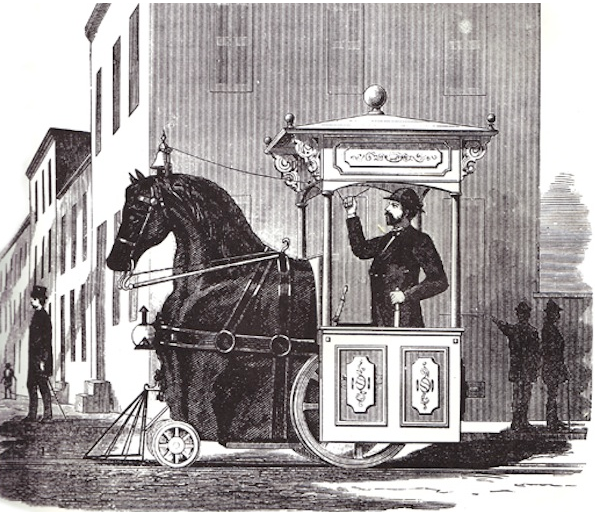
Read the piece here.
There should be a separate article on mechanical horses in literature. My favorite one occurs in these two novels by Roger Zelazny.
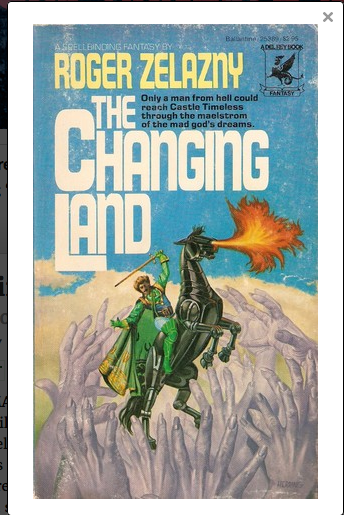
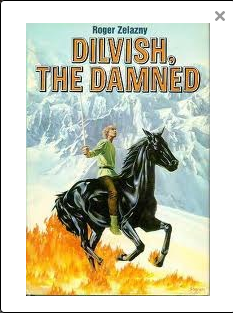
Posted By: Paul - Tue Nov 30, 2021 -
Comments (1)
Category: Animals, Inventions, Literature, Fantasy, AI, Robots and Other Automatons, Nineteenth Century, Twentieth Century
The King Kong Show (and Tom of T.H.U.M.B.)
Wikipedia page here.
Posted By: Paul - Mon Nov 08, 2021 -
Comments (0)
Category: Animals, Ineptness, Crudity, Talentlessness, Kitsch, and Bad Art, Cartoons, 1960s
The Farm Art of Jens ‘Art’ Morrison
Jens 'Art' Morrison, of Cedar Rapids, Iowa, was a practitioner of 'farm art'. Or, as he put it, he was a 'farmicist'. He mostly worked in ceramics and was most active during the 1970s and '80s.By 'farm art' he meant that a) farm animals were a recurring theme throughout his work, and b) there was a heavy emphasis on quirky, folk humor in his work, as well as A LOT of bad puns (see 'farmicist'). So, 'farm art' was deliberately distinct from 'serious art'.
One of his creations was 'Juxtapachickens.' This was a series of fourteen-inch ceramic chickens. (The url juxtapachicken.com leads to a site that consists solely of a picture of two skinned chickens in a pot. I have no idea if this was somehow inspired by or related to Morrison's work. I'm guessing not.)
Far more elaborate was his "artillogical" discovery of the "Farmounians," who he claimed were the ancient, original settlers of Iowa. As he put it:

He created (or 'discovered') numerous artifacts of these Farmounians, such as 'corntainers' that displayed ancient-looking ceramic reliefs he called 'Pigtaglyphs'. He said he was just providing 'infarmation' about this ancient culture.

Morrison even wrote a book about the Farmounians — A History of Farmounia. He described it as a 'Historical Gehography'. It's an obscure work, but there's a copy available on abebooks for $33.66 (plus $34 shipping from the UK to US).

Posted By: Alex - Tue Oct 12, 2021 -
Comments (2)
Category: Animals, Farming, Art
A Moose for Jessica
In 1987, a wild moose fell in love with what zoologists refer to as a "biologically inappropriate object". His love interest was a cow named Jessica who lived on the Vermont farm of Larry Carrara.For over two months the moose displayed courtship behavior towards Jessica. He followed her all around, would rest his head on her back, or would push hay toward her as a food offering.
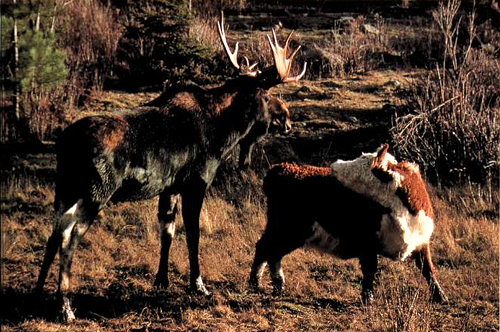
The moose and Jessica
Over 75,000 sightseers came out to Carrara's farm to witness this interspecies romance.
Finally, after 76 days, rutting season came to an end and the moose lost interest in Jessica and wandered back into the wild.
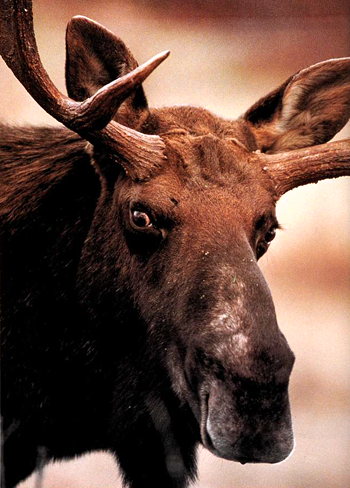
The moose
The romance between the moose and Jessica inspired the book A Moose for Jessica, written by Pat Wakefield with photographs by Larry Carrara. It's available on Amazon, or you can read it for free at archive.org.
More info: wikipedia, New England Living
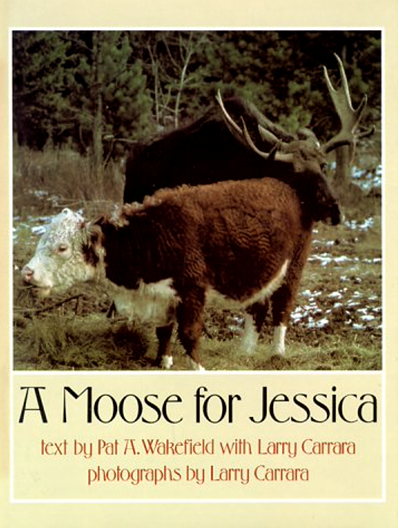
Posted By: Alex - Sun Oct 10, 2021 -
Comments (0)
Category: Animals, Cows, Books, 1980s, Love & Romance
Gee Geronimo the Snail
I'm not aware of many famous snails. Gee Geronimo, as far as I know, may be the only one. Back in the 1970s, the Guinness Book of Records declared him to be the world's biggest snail. His owner was Christopher Hudson. Gee Geronimo died in 1976.
Christopher Hudson with Gee Geronimo
source: 1978 Guinness Book of Records

Connellsville Daily Courier - Nov 27, 1976
Hudson was apparently more in love with his snails than he was with his wife.

Honolulu Advertiser - Feb 4, 1977
Posted By: Alex - Wed Sep 15, 2021 -
Comments (4)
Category: Animals, World Records, Marriage, 1970s

| Who We Are |
|---|
| Alex Boese Alex is the creator and curator of the Museum of Hoaxes. He's also the author of various weird, non-fiction, science-themed books such as Elephants on Acid and Psychedelic Apes. Paul Di Filippo Paul has been paid to put weird ideas into fictional form for over thirty years, in his career as a noted science fiction writer. He has recently begun blogging on many curious topics with three fellow writers at The Inferior 4+1. Contact Us |




